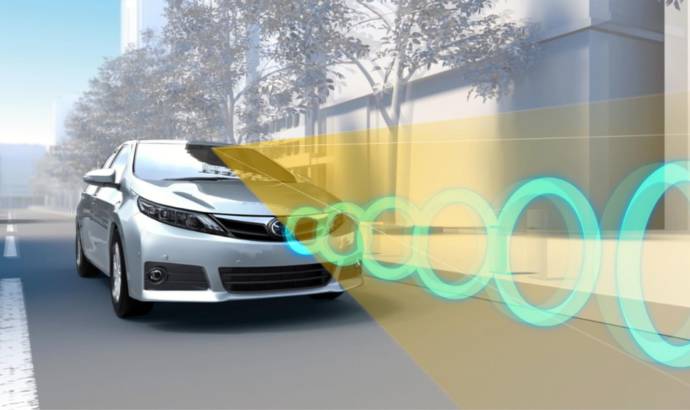A few years ago, Toyota decided to offer its safety systems reunited under a package that is easy and affordable to order. It was called Safety Sense and proved to be a hit for all the vehicles sold in the past years.
The Toyota-developed preventive safety package, has reached the 10 million unit mark, approximately three and a half years after its March 2015 introduction. It is anticipated that within this year, three million vehicles in Japan and five million vehicles in North America will have the package.
Toyota first introduced the package with the “Corolla” series, centered on the belief that popularizing safety technology is vital. Toyota Safety Sense is currently equipped in approximately 90 percent of Toyota and Lexus vehicles for the Japanese, United States, and European markets. At present, it has been introduced in a total of 68 countries and regions, including China, other select Asian countries, the Middle East, and Australia.
Toyota Safety Sense helps avoid or mitigate damage and/or injury from serious traffic accidents, based on accident data from Japan, the United States, and Europe. It comprises the following three aspects:
Pre-Collision System (PCS): helps prevent and mitigate damage from rear-end collisions involving vehicles and/or pedestrians
Lane Departure Alert (LDA): helps prevent vehicles from deviating from their lanes and head-on collisions
Automatic High Beam (AHB): contributes to the early detection of pedestrians and the reduction of accidents during nighttime driving.
Rear-end collisions—the most common type of accident in Japan—involving vehicles equipped with Toyota Safety Sense have been reduced by approximately 70 percent. If TSS and Intelligent Clearance Sonar (ICS), which covers lower-speed collisions, are combined, rear-end collisions have fallen by approximately 90 percent.
The second-generation Toyota Safety Sense, introduced in January 2018, makes improvements in detection and performance compared to the previous version, and allows the package to respond to nighttime pedestrian and/or bicycle accidents. Further development is focusing on expanding adaptability to traffic accidents involving fatalities and/or injuries, such as with pedestrians and head-on collisions with oncoming traffic at intersections.
Toyota and Lexus aim to introduce the packages in around 100 countries and regions, including Asia and Latin America, by 2020.



